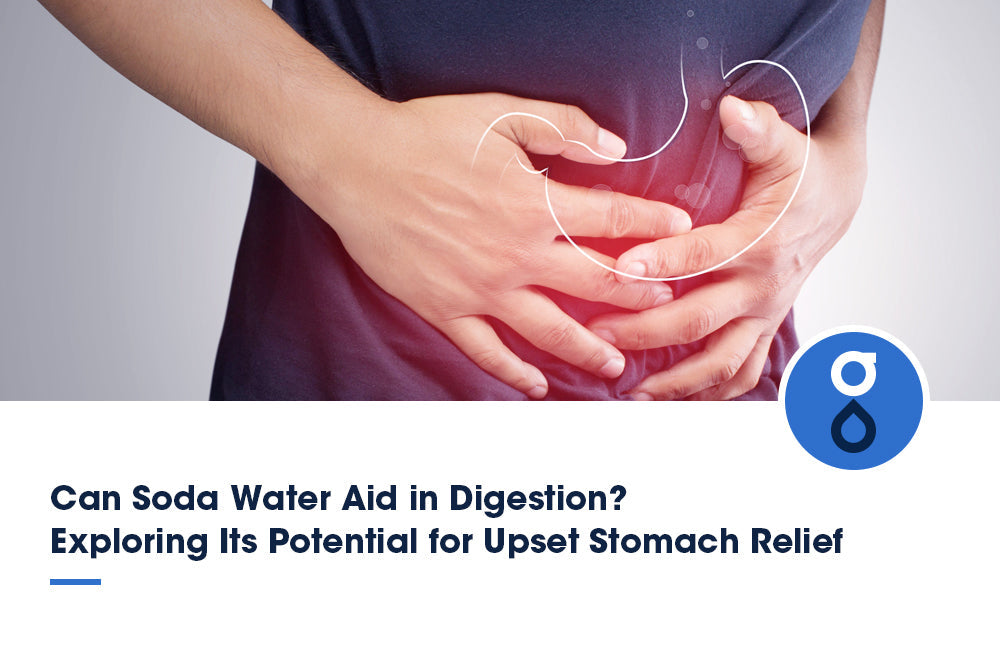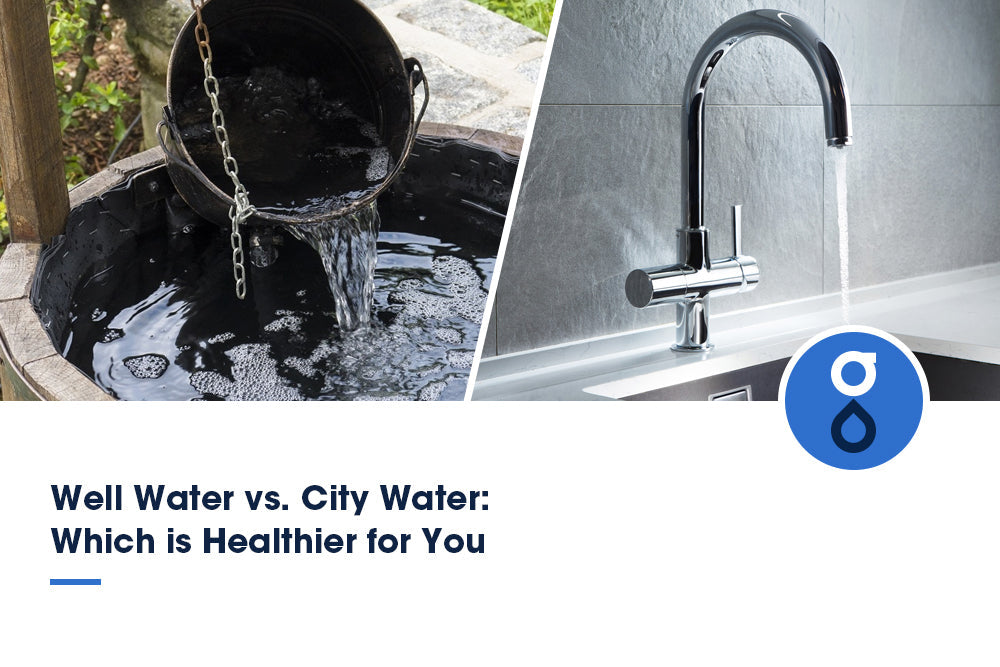Table of Contents:
What is PFAS?
Health risks of PFAS exposure
Sources of PFAS in the home
Eseential home practices to follow
FAQs
Conclusion
Are you concerned about your home exposure to PFAS (per- and polyfluoroalkyl substances)? It's essential to be aware of the potential health risks associated with these chemicals, which are commonly found in household products. In this article, we will explore what PFAS are, the health risks they pose, and the sources of PFAS in your home. More importantly, we will provide you with essential home practices that you can follow to reduce your exposure to PFAS.
What is PFAS?
PFAS, or per- and polyfluoroalkyl substances, are a group of artificial chemicals that are widely used due to their water and grease resistance properties. They have been used in various products, including nonstick cookware, waterproof clothing, and food packaging. However, their widespread use has led to environmental contamination, as they don't break down easily and can accumulate in the environment over time. The environmental impact of PFAS is a growing concern. These chemicals have been found in water sources, soil, and wildlife. They can travel long distances and contaminate areas far from their source. Once released into the environment, PFAS can persist for long, leading to long-term exposure risks for humans and wildlife.
Health risks of PFAS exposure
Take a moment to consider the potential harm to your health from prolonged exposure to PFAS chemicals. These chemicals, known as per- and polyfluoroalkyl substances, have been linked to various health risks.
Long-term exposure to PFAS has been associated with various health complications, including liver damage, immune system dysfunction, and hormonal disruptions. Studies have also shown that PFAS exposure can lead to adverse health effects such as an increased risk of certain cancers, low birth weight in babies, and developmental delays in children.
One of the significant sources of PFAS exposure is through contaminated water. PFAS chemicals are resistant to environmental breaking down, which can accumulate in water sources over time. Drinking water contaminated with PFAS can increase your risk of exposure and the associated health risks.
Sources of PFAS in the home
Protect your health and loved ones by being aware of the potential sources of PFAS chemicals in your home. These harmful substances be found in various household items and can contribute to indoor pollutants.
Here are three common sources of PFAS in the home:
1. Nonstick Cookware: PFAS chemicals are often used to produce nonstick coatings for cookware. Your beloved frying pans and pots may contain these substances, which can leach into your food during cooking. Consider replacing your nonstick cookware with safer alternatives like stainless steel or cast iron.
2. Stain-Resistant Fabrics: Many everyday products, such as carpets, upholstery, and clothing, are treated with PFAS chemicals to make them stain-resistant. These chemicals can become airborne and be inhaled or absorbed through the skin, leading to household exposure. Opt for natural fabrics and products that are free from stain-resistant treatments.
3. Cleaning Products: Some cleaning products, especially those designed to repel water or grease, may contain PFAS chemicals. When you use these products, the chemicals can linger in the air and on surfaces, increasing the risk of contamination. To minimize exposure, look for cleaning alternatives free from PFAS and other harmful ingredients.
By being mindful of these PFAS sources and reducing their presence in your home, you can protect yourself and your loved ones from unnecessary exposure to these harmful chemicals.
Essential home practices to follow
There are several essential practices to follow to reduce your exposure to PFAS in your home.
Avoid PFAS in food and kitchen supplies

By choosing PFAS-free food and kitchen supplies, you can safeguard your loved ones from harmful chemicals and create a healthier home environment. Regarding cookware, opt for alternatives to nonstick pans that contain PFAS. Look for stainless steel, cast iron, or ceramic options free from these harmful chemicals.
Additionally, be mindful of the packaging used for your food. Avoid products in containers or wrappers made with PFAS, such as microwave popcorn bags or fast food wrappers. Instead, choose products that use safer alternatives for packaging.
In addition to cookware and food packaging, it's essential to be aware of the cleaning products you use in your kitchen. Many conventional cleaning products contain PFAS, so it's best to choose safer alternatives. Look for cleaning solutions labeled as PFAS-free, or make your own using natural ingredients like vinegar and baking soda.
Lastly, consider the type of food storage containers you use. Avoid plastic containers containing PFAS and opt for glass or stainless steel options. These alternatives are not only safer for you and your family, but they are also more environmentally friendly.
Avoid PFAS in drinking water

Now that you know how to avoid PFAS in your food and kitchen supplies, it's time to focus on another crucial aspect of reducing PFAS exposure: drinking water. PFAS contamination in drinking water is a significant concern, as these harmful chemicals can easily find their way into our water sources. To ensure your drinking water's safety, you can take a few essential steps.
First and foremost, consider using water filters that are specifically designed to remove PFAS. These filters are highly effective in reducing the levels of PFAS contamination in your drinking water, providing you with a safer and healthier option. It is essential to choose certified filters to remove PFAS and regularly replace the filter cartridges to maintain their effectiveness.
To better understand the PFAS contamination levels in your drinking water, you can also consider using PFAS testing kits. These kits allow you to test your water for the presence of PFAS, giving you valuable information about the quality of your drinking water. By staying informed about the PFAS levels in your water, you can take the necessary steps to prevent exposure further.
Read labels with PFAS in mind

When shopping, carefully read labels for any signs of PFAS, as this will help you make informed choices and prioritize your health and well-being. Label guidelines are essential in ensuring that you are aware of the presence of PFAS in the products you purchase. To make this process easier, here are three key points to consider:
1. Look for 'PFAS-free' labels: Some manufacturers now voluntarily label their products as PFAS-free. These labels indicate that the product doesn't contain any PFAS substances, making them a safer alternative for you and your family.

2. Educate yourself on standard PFAS-related terms: Familiarize yourself with terms like 'perfluorooctanoic acid' (PFOA) and 'perfluorooctanesulfonic acid' (PFOS). These are common types of PFAS that may be present in products. Understanding these terms allows you to identify them on labels and make more informed decisions.
3. Support brands that prioritize consumer awareness: Some companies are taking the initiative to inform consumers about the absence of PFAS in their products. Look for brands that prioritize consumer awareness and transparency. These brands often provide detailed information about their manufacturing processes and the steps they take to reduce PFAS exposure.
By following these label guidelines, you can actively contribute to reducing your exposure to PFAS and choose safer alternatives for you and your family. Stay informed, be proactive, and make conscious choices to promote a healthier environment.
Create a safe and healthy home environment
To ensure a safe and healthy home environment:
- Prioritize your well-being by implementing everyday habits that promote cleanliness and reduce potential risks.
- Start by creating healthy habits such as regularly cleaning and organizing your living space.
- Use non-toxic cleaning products free from harmful chemicals, as they can help maintain a clean home without exposing you and your family to unnecessary toxins.

Additionally, pay attention to indoor air quality by opening windows for ventilation and investing in air purifiers to filter out pollutants. Another critical aspect of a safe home environment is safe storage. Store household items, especially those containing potentially harmful chemicals, in secure cabinets or containers that are out of reach of children and pets. This will help prevent accidental ingestion or exposure.
Lastly, consider adopting chemical-free gardening practices to reduce exposure to harmful substances. Opt for organic fertilizers and pesticides, and avoid using synthetic chemicals that can contaminate the soil and water sources. Incorporating these habits into your daily routine can create a safe and healthy home environment for you and your loved ones.
FAQs
Are there laws to protect people from PFAS?
While no federal regulation exists, states have stepped up to create their own protections against PFAS exposure. The EPA (Environmental Protection Agency) recently recommended that drinking water contain limited amounts of PFAS chemicals. This recommendation serves as a call to action for water utilities and health departments to address and mitigate the potential risk of PFAS exposure through drinking water sources.
Are all PFAS chemicals harmful to human health?
It's important to note that not all PFAS chemicals pose the same level of risk. Older PFAS compounds, such as PFOA and PFOS, have been extensively studied, and their harmful effects are well-documented. However, newer PFAS chemicals, like GenX, have sparked a debate regarding their safety.
Limited studies have been conducted on these compounds, making it difficult to understand their potential risks to human healthfully. Some argue that newer PFAS chemicals may be safer than their predecessors, while others express concerns about their potential health impacts.
How long does it take for PFAS to break down in the environment?
Various environmental factors influence PFAS degradation in the environment. The degradation timeline of PFAS can vary depending on factors such as temperature, pH levels, and the presence of other chemicals.
In soil, PFAS degradation can take years or even decades, as the compounds tend to bind strongly to soil particles and can persist for a long time. However, in water, PFAS can break down relatively faster, but the process can take several years.
Conclusion
In conclusion, taking steps to reduce PFAS exposure in your home is crucial. By understanding what PFAS are and their associated health risks, you can make informed decisions to protect yourself and your family. By implementing the above essential home practices, you can significantly reduce your exposure to PFAS and help protect your health. Remember to stay informed about the latest research and guidelines regarding PFAS, as new information may emerge.
















